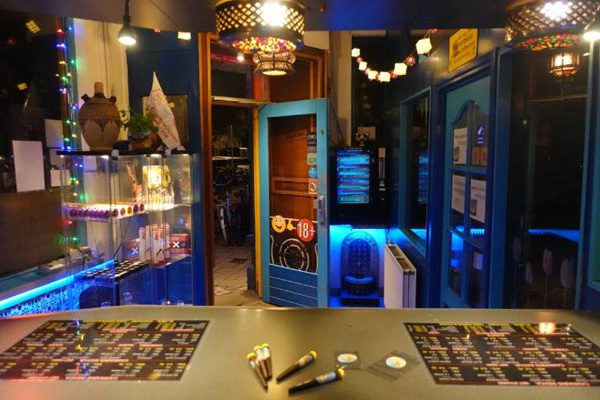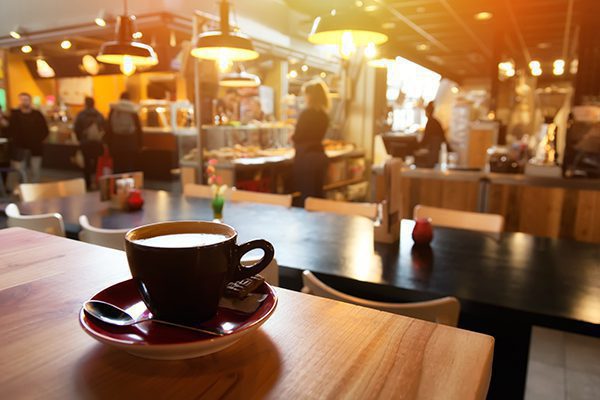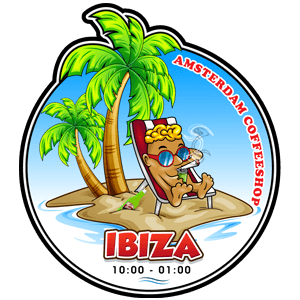Breaking Down The Disparities Between Coffee Shop, Coffeeshop and Amsterdam Coffeeshop.
As a first-time traveler to Amsterdam, it is normal for you to get confused by the varying names borne by consumable coffeeshops. Quite often, many tourists and travelers find themselves in a Amsterdam coffeeshop expecting a brewing mug. They are often looking for a coffee house or koffiehuis which sells coffee and snacks rather than coffeeshops or koffieshops – stores licensed to sell cannabis products in Amsterdam.
It may be difficult to tell the coffeeshop difference at first, and we admit it takes some getting used to in Amsterdam. So here’s a guide to help you next time in Amsterdam.

Coffeeshop in Amsterdam
Coffeeshop or koffieshop: Coffeeshops are stores licensed by the government to sell cannabis products. Amsterdam Coffeeshops usually display a distinctive green and white symbol alongside a notice preventing entry to persons under 18.

Coffee house
Coffee House: A coffee house deals with all things espresso and coffee. They are also known as koffie huis, koffiesalon or koffiebar. This type of establishment sells your regular cup of coffee (black or cream).
Coffee house or Koffietent
Coffee house or Koffietent: Reviewers sometimes use these terms to distinguish coffee houses from Amsterdam coffeeshops. Though coffee houses hardly use them, these terms sometimes make the difference when talking to travelers or tourists in Amsterdam.
Café
This refers to your usual bars and restaurants.
Having clarified the difference between coffee houses and coffeeshops, our next stop is how the government regulates the sales of cannabis products in these stores.
How ‘Continuity and Change’ Improved Cannabis Regulation
The history of drug policy in the Netherlands is an interesting one. In the 1970s and ‘80s, the government struggled with heroin addiction, HIV, and other public health issues. To combat these problems, the government introduced coffeeshops and a drug classification system (soft and hard drugs).
By 1995, the Dutch government published a document noting the effectiveness of the drug classification system and coffeeshops in lowering addiction rates among the younger population. However, the government reported the rising influence of criminal organizations in the activities of coffeeshops in Amsterdam.
Worried about its international perception as an “export nation of cannabis” and the dangers of unchecked criminal influence in cannabis regulation, the government, introduced the Dutch Drug Policy: Continuity and Change.
The new policy sought stricter regulatory guidelines for coffeeshops, some of which include;
- Coffeeshops were required to keep a maximum stock limit of 500 grams or risk enforcement by the authorities
- The introduction of a national admission age into coffeeshops. Persons under 18 were exempted from entering or purchasing cannabis products at coffeeshops nationwid
- A reduction in the daily transaction limit from 30 to 5 grams per individual
- Local authorities were empowered to add other directives as they deemed fit
The new weed policy focused on reducing the role of criminal groups in the supply of cannabis products to a significant extent. Though Dutch recreational cannabis laws became much stricter after 1995, it was the first European country to legalize medicinal cannabis in 2000. Medicinal cannabis has become available for purchase in pharmacies for treatments upon prescription by a physician.

